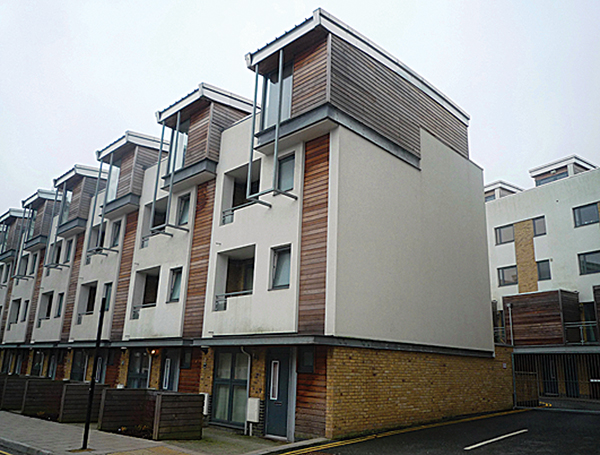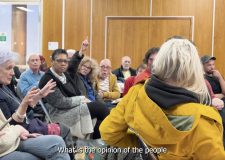Looking for a New England
A whole area went off the rails and its taken decades to lay the foundations for a revival

It’s 55 years since they stopped building locomotives in the yard next to Brighton station. And more than 30 years since the goods yard closed. Thousands worked there at one time. They drank at the 18 or so pubs in the compact area bounded by the railway line and London Road, St Peter’s Church and Preston Circus. Six of the pubs were in Cheapside alone.
The next road along, Ann Street, housed three churches including St Bartholomew’s. In London Road the railway workers and their families used local shops as well as big chains such as Boots, Marks & Spencer, Woolworths and Sainsbury’s. The flagship was the Co-op department store which opened in 1931.
With the decline of the old railway trades and the advent of Churchill Square, the glory of London Road faded over a generation. But there are signs of a revival of sorts. Just don’t expect it to happen overnight.
There was a false start in 1967 when the old Brighton Council asked two consultants, Sir Hugh Wilson and Lewis Womersley, for their ideas. A year later they proposed ploughing a flyover through the heart of the New England Quarter and the North Laine from Preston Circus to Church Street. It took a concerted campaign some years to persuade the council to drop the unpopular idea. Delay allowed the rot to set in.
It took until 1993 before a planning brief laid the foundations for the way the New England Quarter has finally taken shape. Over the past ten years, blocks of derelict land have borne City Point, One England, the Jury’s Inn hotel and a new Sainsbury’s, among others. After a sustained four-year burst, most of the building ended with the credit crunch in 2008.
Work may soon resume on the final piece of the jigsaw. Block J is to become a £30 million set of offices, a 94-room hotel and 147 flats. Plans were approved only after a 42-storey proposal – the Beetham Tower – was rejected. The developer of Block J will help fund the makeover of The Level over the coming year and of course the Open Market is currently closed for refurbishment. Traders are due to move back there in the summer of next year.
These glimmers of hope give some idea of what is possible in and around London Road itself. There are other reasons for optimism; The Church is tackling its responsibilities at St Peter’s and cinema bosses have revived the Duke of York’s. Much-loved Preston Circus Fire Station, though, presents fire service chiefs with a tricky problem because they would rather move to more modern premises.
There is yet more to be done as City College want to revamp its main Pelham Street premises with new classrooms and hundreds of student flats. Plans are due imminently. They may well have been affected by the fate of a proposal for the old Co-op last year. A plan for more than 400 student flats there was thrown out in December. It was memorably dismissed by planning committee member Councillor Christopher Hawtree as “boil in the bag architecture”.
On Thursday 29 March the council is likely to agree that the building should be listed locally. This will not confer any extra legal protection, but it will become council policy to preserve the building or its notable features, in this case the frontage. This will affect future plans.
The council will also touch on the home of Latest Magazines – New England House – when it gives an update on major development projects in Brighton and Hove. Councillors want to turn the building into a digital and media hub and find £10 million to refurbish it. After survey work, a report is due next month, after which a “position paper” is being prepared on the overall project.
London Road and the New England Quarter suffered 40 long years of decline. Planned changes and those over the past few years should provide the foundations for a more successful future. But it will take a great deal of energy, drive and focus to see it through.




















